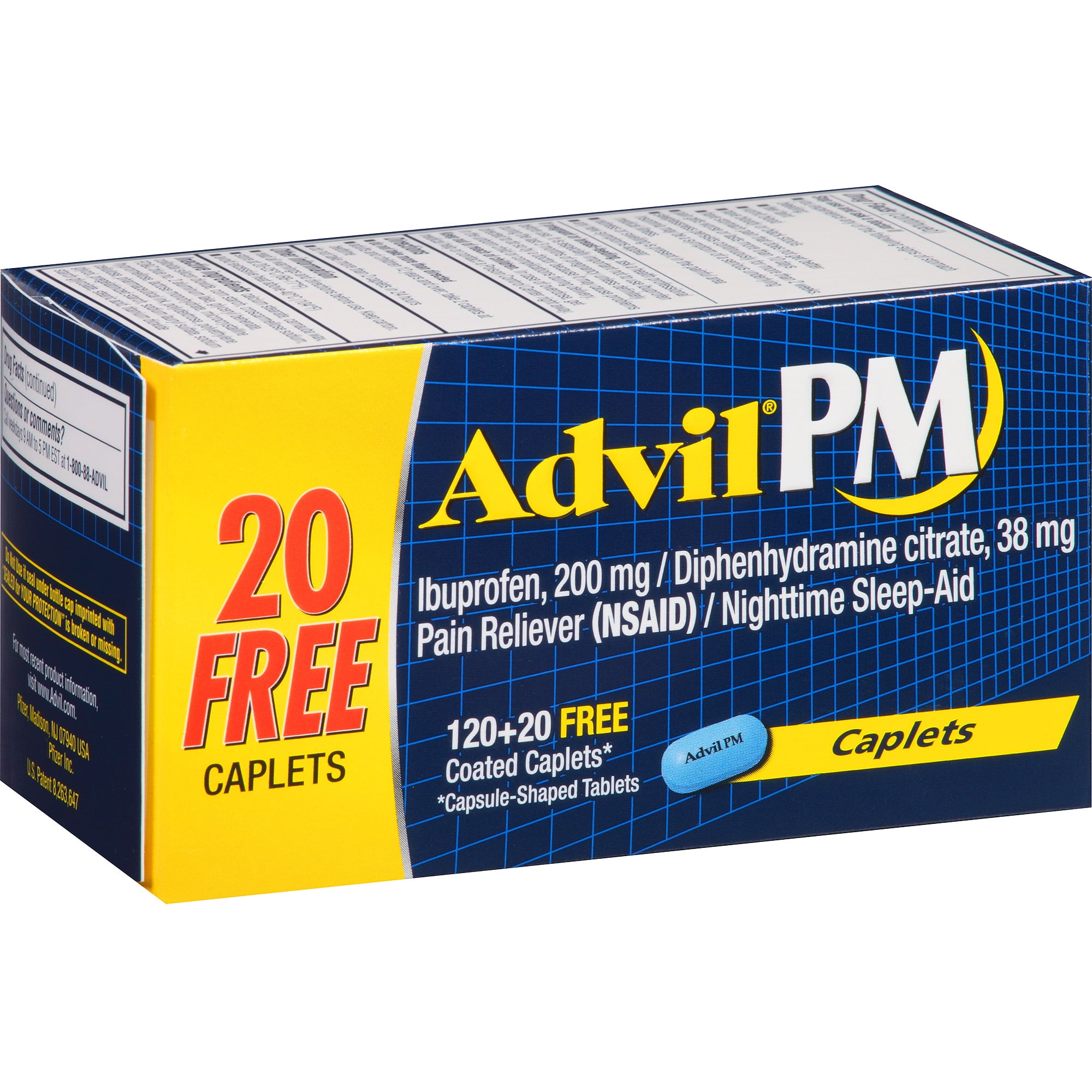

Less than half of these "double NSAID" users realized that more than one of their medications was an NSAID. More than one-third also took a second NSAID.Among more than 1,300 people taking ibuprofen: So whether intentionally or by accident, it’s easy to take more than recommended doses.Ī new study finds that this may be a bigger problem than anyone realized.
#Does ibuprofen make you sleepy plus
Examples include prescription drugs like Arthrotec (a combination of the NSAID diclofenac and misoprostol, a medication that helps protect the stomach) and products available on the drugstore shelf, like Advil PM (ibuprofen plus the antihistamine diphenhydramine). In addition, several of them are available over the counter and are included in combination with other medications. For one thing, there are more than 20 different NSAIDs, so you could be taking more than one of them without realizing it.


The widespread availability and good safety record of NSAIDs makes it easy to misuse them. Still, the vast majority of people taking NSAIDs in the recommended doses who have appropriate monitoring (such as the occasional blood test) have no major problems with them. NSAIDs can be hazardous for unborn babies the FDA recently updated warnings for pregnant women, advising them to avoid NSAID use during the last half of pregnancy. NSAIDs can also raise the risk of heart problems, though this risk varies depending on the particular NSAID and the person taking it. Less common side effects, including severe allergic reactions and liver injury, can be serious. Kidney injury, easy bruising or bleeding, and mild allergic reactions (such as rash) are common as well. At the top of the list are digestive problems including stomach upset, heartburn, and ulcers. No medication is completely safe, and that’s certainly true of NSAIDs. They’re available over the counter or, in higher doses, by prescription.They are relatively inexpensive, with generic versions available for most of them.For many conditions, they work quite well - in addition to working as pain relievers, they can reduce fever and inflammation.Some of the most common NSAIDs include ibuprofen (as in Motrin), naproxen (as in Aleve) and celecoxib (as in Celebrex). Along with sporadic users, more than 30 billion doses are taken each year. In fact, estimates suggest that about 15% of the US population takes an NSAID regularly (including those that are over the counter and prescription strength). Whatever you call them and for whatever reason you take them, NSAIDs are among the most popular medications worldwide. Your doctor calls them "NSAIDs," which stands for nonsteroidal anti-inflammatory drugs. You might take them for back pain, headache, or arthritis. Follow me on Twitter might call them pain relievers.


 0 kommentar(er)
0 kommentar(er)
